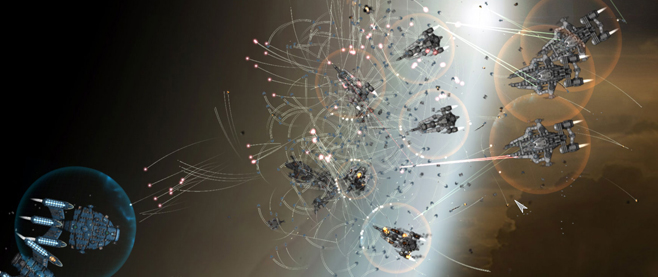
On the Cliff with Jusant
Mountains demand your attention.
As someone with terrible upper-body strength, I’ve recently become interested in watching people climb mountains. Free Solo has been the main fixation, and every time I see Alex Honnold peer over the edge of a 1,000+ foot cliff, I almost turn the TV off out of secondhand fear. It’s the most stressful extreme sport I’ve ever had the displeasure of watching, and yet I’ve been looking for a game that can replicate that feeling of being on the precipice of danger.
AAA action-adventure games are all about feeling like you can overcome any odds or having the god-given strength and durability to power through action-packed setpieces. Plot-armored Nathan Drake in Uncharted 4. Kratos barrelling through enemies with the rage of Olympus in God of War. Even drugged-up Jason Brody putting his life on the line for the Rakyat in Far Cry 3.
Yet, these games’ climbing mechanics fail to live up to my standard.
Games like God of War, Uncharted, and Far Cry often have climbing sections to help space out the action and give players a “break” to process an arduous combat encounter or drawn-out set piece. Except it never feels like a break for long. I often begin to think, “I’m pressing the X/A button and holding up on my controller’s joystick; let’s see how long it takes for me to get to the fun part of the game.” There’s no sense of urgency.
2023’s Jusant blew these expectations out of the water for me. It executes climbing mechanics on a higher level compared to any game I’ve ever played, and all with the urgency of real mountaineering.
With the protagonist starting in a barren desert, your task is to reach the summit of an impossibly tall mountain. This pillar of earth is so colossal that it’s impossible to see the summit through the thick overarching cloud cover. It’s more the Eyrie from Game of Thrones than Everest.
The protagonist climbs the mountain with nothing but his hands, a rope, and a few pitons in his backpack. You climb hand over hand, with each trigger on your controller acting as your appendages. You MUST keep one trigger held down at all times; otherwise, you’ll fall off the edge. You also MUST find ways to place your pitons on the cliff face so that you can rest and not lose energy mid-climb. Even if you do all of that, there’s still a chance that you can fall. In Jusant, every move matters.
Climbing in other games lacks these requirements for attention. Nothing happens to Nate in Uncharted if you decide to take a break while he’s hanging on the side of a cliff by just a few finger holds. These sections often stick out like a sore thumb as they never mesh with the overarching themes of fast-paced action. There’s no pressure to keep going. Jusant has all of that pressure and more.
While Jusant doesn’t punish you by killing your character if you fall off a cliff, it punishes you in other ways. Some faces require multiple minutes of planning, movement, and placement of your climbing pitons to tack your rope on to. If you fail to ascend, all of that planning is worthless. Many sections I would sit up in my chair and audibly gasp if I didn’t make a vault the way that I planned. Every handhold matters.

This intensity of the moment-to-moment gameplay invites you to appreciate the game’s story far more intimately. The impetus of Jusant is that the protagonist needs to climb the giant earth pillar to reawaken the world after an environmental catastrophe. All of the water from this land has seemingly evaporated, and it’s your job to reawaken this ecosystem from its slumber using a magic conch shell. Nothing is more satisfying than seeing these environments spring to life.
It’s in climbing the mountain that you begin to truly appreciate the variety of environments around you: the deserted fishing hamlets towards the mountain’s base; the towering temple-like structures blazing red in the sunlight, the eerie caverns teeming with bioluminescent life. Yet it’s even more eye-opening to gaze at these environments after you reawaken the long-dormant life within. Every handhold surmounted up the cliff is another step toward your handiwork. Every stretch of the cliff you climb is an extra ounce of meaning behind the environment you save. And it’s even better during Jusant’s “breaks”, the non-climbing sections, which allow you to soak in these environments in all their glory. Ziplining across a massive cave filled with fungi and soaring up the mountain on a flying whale become all that more meaningful when you think of how far you’ve come.
While it’s easy to pick on AAA games for any number of reasons, it’s vital to critique them on parts of video games that you know they can do better on. I’m not asking for mainline action-adventure games to change their gameplay to only focus on climbing, I’m just asking for these elements to match their game’s pacing and not feel lackluster. I want to think at the end of the day, through every portion of work that goes into making a game, that every decision matters, just like it does on a climb.
———
Jack Dunn is a writer who focuses on videogames, history, and other made-up things. You can follow him on Twitter @dackjunn.






